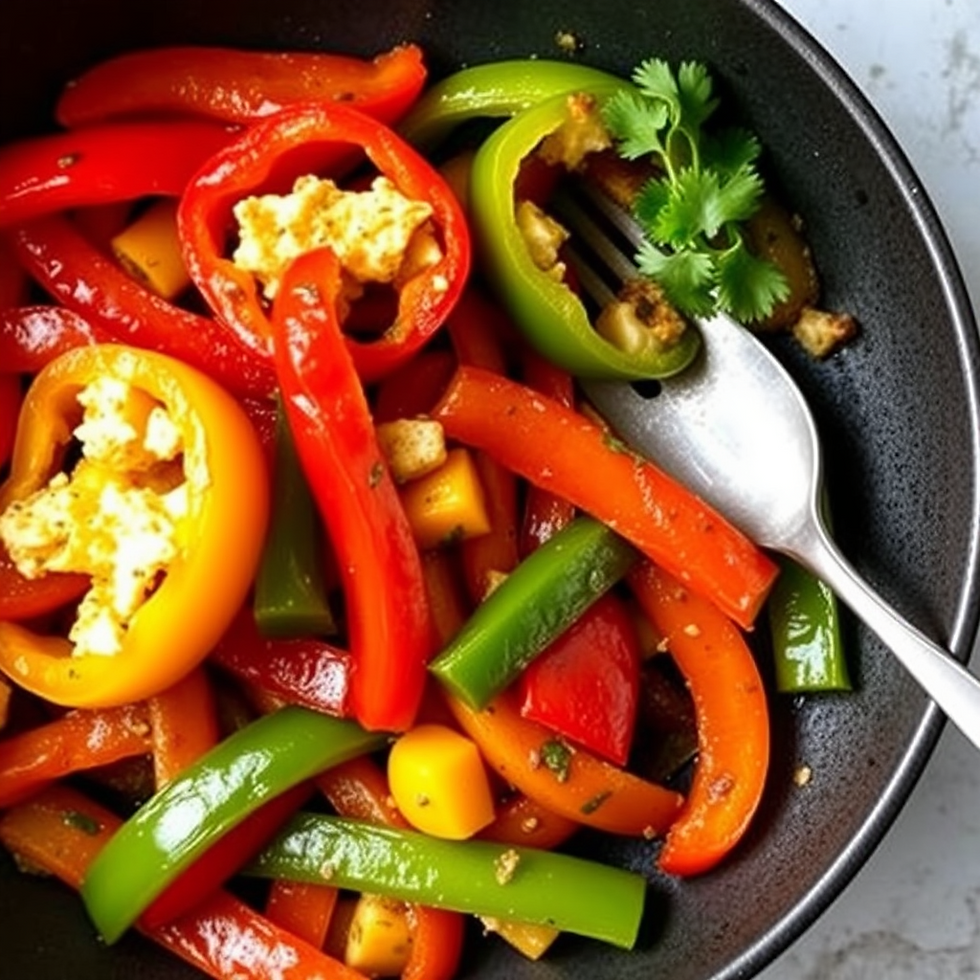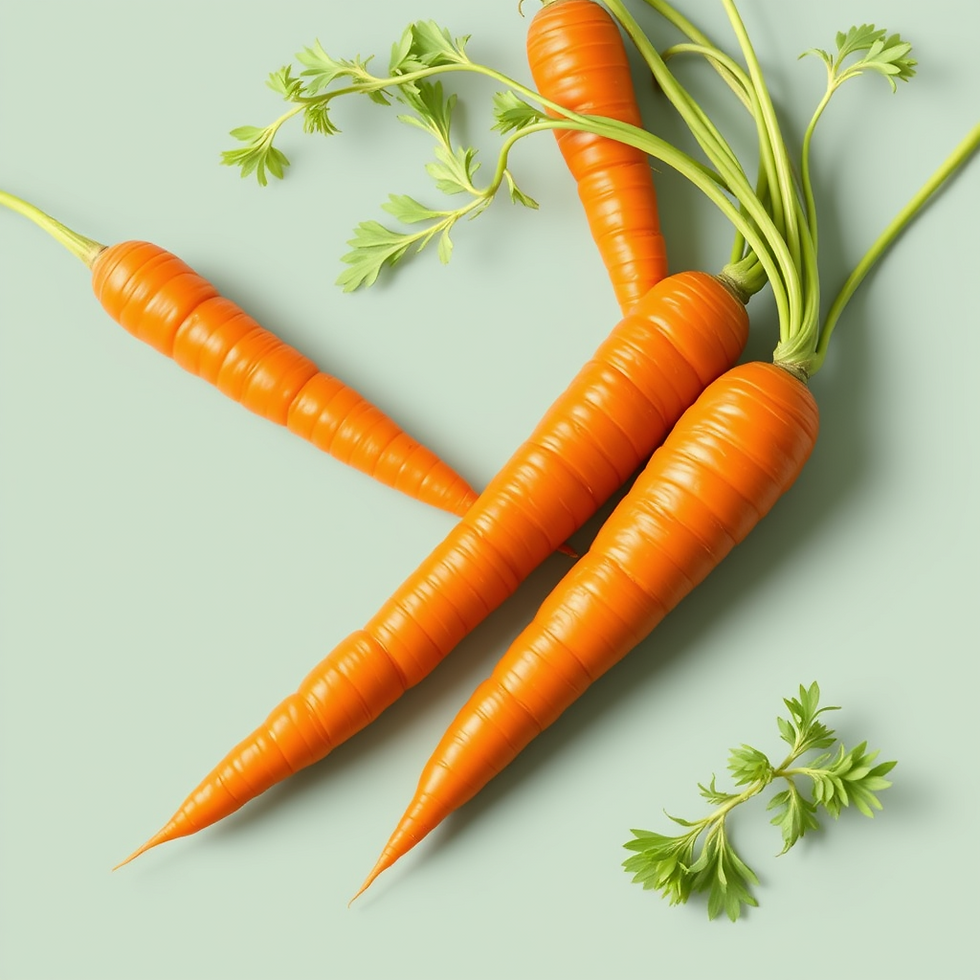A Fresh Addition: Exploring the Wonders of Kohlrabi
- roymejia19
- Jul 20
- 2 min read

We’re excited to announce the newest vegetable on our list: Kohlrabi! Often called the “German turnip,” kohlrabi is quickly gaining popularity among home gardeners and chefs for its versatility, mild sweetness, and nutritional punch.
What is Kohlrabi?
Kohlrabi belongs to the brassica family, making it a close cousin to broccoli, cabbage, and kale. Its bulbous stem, which can be green or purple, sports crisp white flesh and a flavor somewhere between a broccoli stem and an apple. Both the leaves and the swollen stem are edible, providing multiple culinary options.
Why Grow Kohlrabi?
Kohlrabi isn’t just tasty; it’s also a fantastic vegetable to grow for beginners and seasoned growers alike. It thrives in cool seasons, matures quickly (often in just 6-8 weeks!), and doesn’t require much space. Whether you have a raised bed, an in-ground garden, or a large container, kohlrabi can find a place.
Nutritional Benefits: This veggie isn’t just about good looks and great taste. Kohlrabi is low in calories but high in fiber, vitamin C, and potassium. Including it in your diet supports immune health, digestion, and even helps regulate blood pressure.
How to Enjoy Kohlrabi: Curious how to eat kohlrabi? Here are some delicious ideas:
- Raw: Slice or shred for salads and slaws—its crunch is unbeatable!
-Roasted: Toss cubes with olive oil and your favorite herbs, then roast until golden.
- Steamed or Stir-Fried: Add to mixed veggie dishes for extra texture.
- Greens: Don’t toss the leaves! Sauté them like spinach or kale.
Share Your Experience: Have you grown or cooked with kohlrabi before? What are your favorite recipes or tips for cultivating it? We love learning from our community, so share your thoughts and experiences in the comments below!
Stay tuned for more insights, tips, and crop spotlights as we continue to grow together.
---
Happy cultivating!



Comments